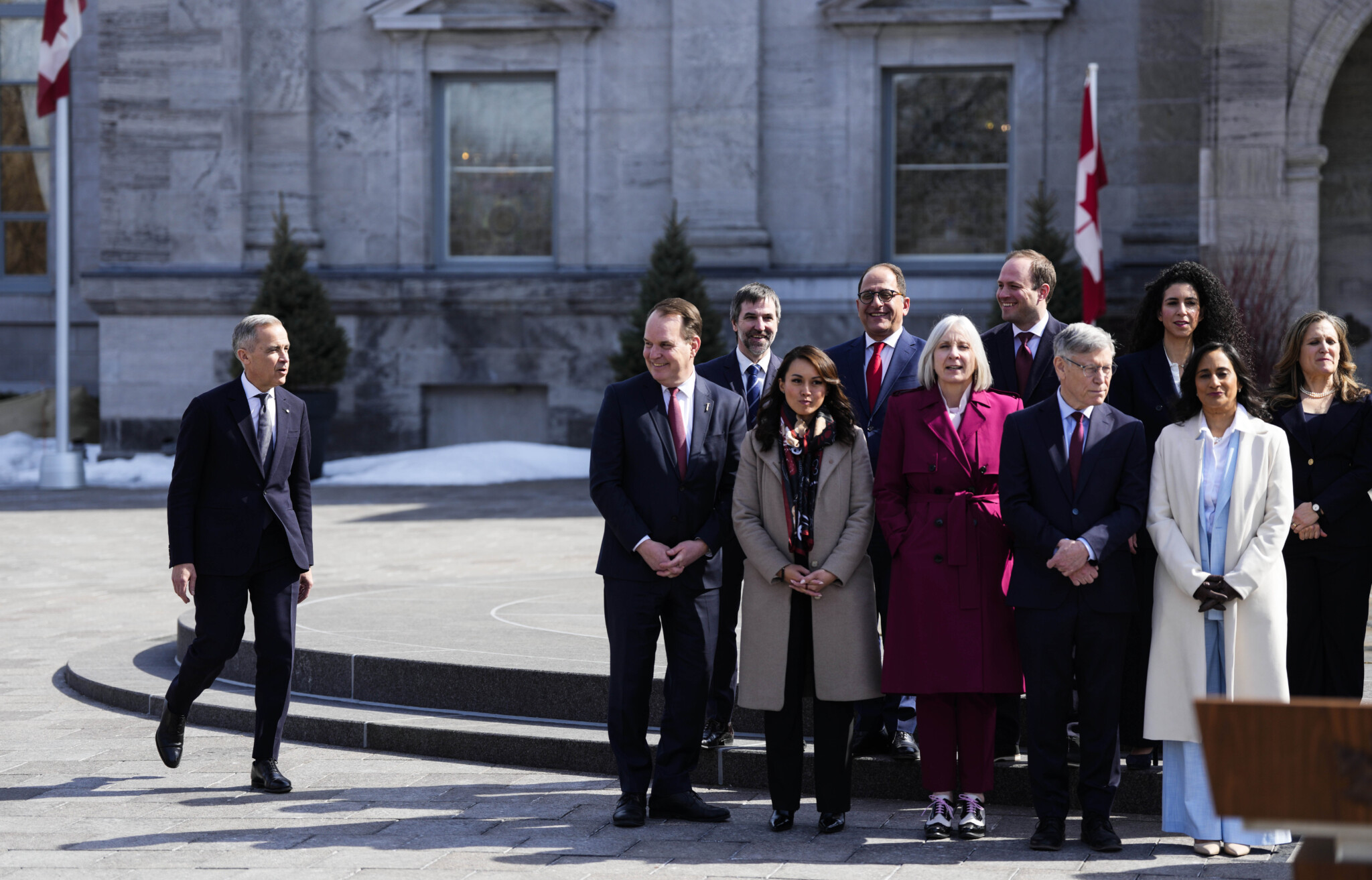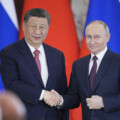As Canada awaits the return of Parliament, much of the political class’ immediate attention has been focused on who is and isn’t in Prime Minister Mark Carney’s new cabinet. But the perennial drama of cabinet-making should not overshadow a crucial vote that the prime minister’s Liberal caucus must hold this weekend: they are set to decide whether to give themselves the ability to jettison their new leader.
For the uninitiated, this vote will take place under the Reform Act, which originated as a private member’s bill moved by Ontario MP Michael Chong. The purpose of the act is simple: in Chong’s own words, it is an “effort to strengthen Canada’s democracy by restoring the role of elected Members of Parliament in the House of Commons.”
Upon its enactment in 2015, the Reform Act amended the Parliament of Canada Act to grant MPs the power to expel and readmit members of their party’s caucus, elect a caucus chair, and—most importantly—vote to remove their party’s leader. Leadership reviews are triggered by a special notice containing the signatures of at least 20 percent of a party’s caucus, and only a simple majority is needed to remove a party’s leader. Once a party’s leader has been so removed, that caucus must immediately elect an interim leader.
Fundamentally, the Reform Act is built on the core premise of Westminster parliamentary democracy: the principle of responsible government. Just as governments are accountable to and must maintain the confidence of the House of Commons, so too “[must] the leadership of political parties…maintain the confidence of their caucuses,” as the preamble of the act declares.
But there’s a catch: party caucuses must vote to grant themselves these respective powers at their first meeting following a general election. Unlike a vote to remove a party leader, the initial vote by a caucus to assume the authorities granted by the Reform Act is not held by secret ballot and, critically, is binding on that party until the dissolution of Parliament.
To date, the Conservatives are the only party whose caucus has voted to adopt these powers, though even their record has been inconsistent. Following the 2019 general election, the Tory caucus declined to grant itself the authority to remove their leader. Ensuing tensions amongst his MPs convinced beleaguered leader Andrew Scheer to resign anyway. The party had seemingly learned its lesson by 2021, with caucus assuming the power—which it ultimately exercised—to remove Erin O’Toole as leader.
Reports indicate that the Tories have once again voted to grant themselves the authority to remove their leader if they so choose. It would be unwise to assume that this portends dissension in the party’s ranks or an imminent campaign to remove Pierre Poilievre as leader. Having led them to their largest share of the popular vote since Brian Mulroney, Conservative MPs seem content for the moment with their current leadership, even as Poilievre admitted that strategic changes need to be made to his party’s message before the next general election following their loss.
What remains to be seen is whether Liberal MPs will follow the example of their Conservative counterparts and assume the power to remove their leader. History suggests they won’t. Since the Reform Act was enacted, the Grits have declined to assume the authority the legislation offers. This shouldn’t come as a surprise. The Trudeau government notoriously consolidated power in the Prime Minister’s Office during its decade in power, turfing MPs and cabinet ministers who refused to fall in line behind their leader.
The decision not to adopt the Reform Act following the 2021 election, however, is one the Liberals came to likely regret. By 2024, it was clear their leader, Prime Minister Justin Trudeau, had become politically toxic. Following the party’s astonishing loss in the Toronto-St. Paul’s byelection that June, electoral defeat under Trudeau’s leadership was a virtual certainty. And yet Grit MPs found themselves impotent—short of voting against their own government on a confidence motion—to challenge his leadership.
By the time the prime minister finally caught up with reality in the new year, the damage was done. On the cusp of Donald Trump’s second inauguration as president of the United States, Parliament was prorogued to give the Liberals an opportunity to elect a new leader. In the meantime, our country found itself without a functioning legislature (much less a government) in the face of American threats to undermine our sovereignty through sheer economic force.
Had the Liberal caucus adopted the authority conferred by the Reform Act—or better yet, had the legislation automatically granted these powers to all official parties in the House of Commons, as Chong originally proposed—our country might not have suffered to the extent we did upon Trump’s return to office.
At the precise moment when Canada needed new leadership, the business of government was paused for almost three months so that the Grits could get their house in order. While this may have ultimately aided their party, it was detrimental to our democracy.
For the good of Canada, the Liberals can’t afford to make this mistake again. If Carney truly wants us to believe that his approach to governing will be different from his predecessor’s, he can start by urging his caucus to adopt the power to remove him as leader should the need ever arise.










